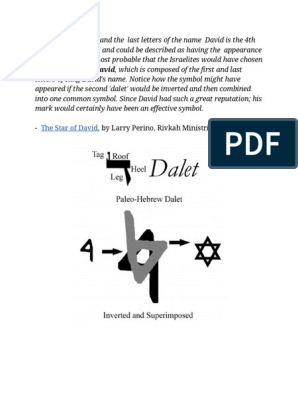0% found this document useful (0 votes)
37 views23 pagesChapter 3 (Discrete Structures)
Chapter 3 introduces the concept of sets, defining them as unordered collections of objects and explaining various ways to describe and denote sets. It covers operations on sets, including union and intersection, and introduces related concepts such as subsets, power sets, and Cartesian products. The chapter also includes examples and exercises to reinforce understanding of these fundamental concepts in discrete mathematics.
Uploaded by
almudharisaleh8Copyright
© © All Rights Reserved
We take content rights seriously. If you suspect this is your content, claim it here.
Available Formats
Download as PDF, TXT or read online on Scribd
0% found this document useful (0 votes)
37 views23 pagesChapter 3 (Discrete Structures)
Chapter 3 introduces the concept of sets, defining them as unordered collections of objects and explaining various ways to describe and denote sets. It covers operations on sets, including union and intersection, and introduces related concepts such as subsets, power sets, and Cartesian products. The chapter also includes examples and exercises to reinforce understanding of these fundamental concepts in discrete mathematics.
Uploaded by
almudharisaleh8Copyright
© © All Rights Reserved
We take content rights seriously. If you suspect this is your content, claim it here.
Available Formats
Download as PDF, TXT or read online on Scribd
/ 23
































































































